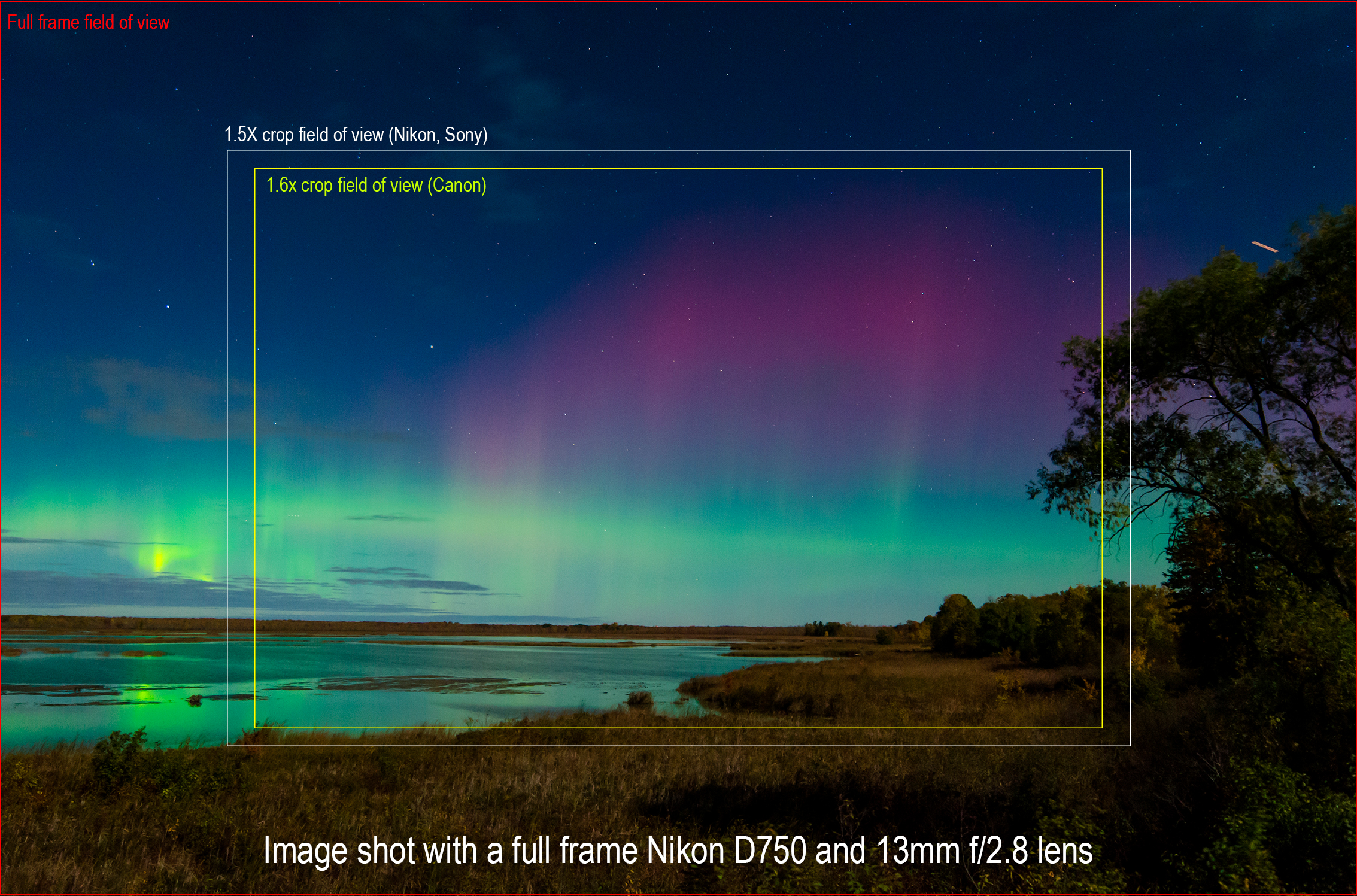
16 mm crop sensor to frame sensor upgrade#
I upgrade my digital camera every 2-4 years because the latest devices keep beating older models. To support Tom’s work:īuy any products at | Sign up for 1″-Type sensor size is now optimal for travel camera portability
16 mm crop sensor to frame sensor full#
“Full-frame 35mm” sensor (36 x 24 mm) is a standard for comparison, with a diagonal field-of-view crop factor = 1.0 in comparison, a pocket camera’s 1/2.5” Type sensor crops the light gathering by 6.0x smaller diagonally (with a surface area 35 times smaller than full frame).Ĭlick here for Tom’s latest camera recommendations.Īs an Amazon Associate, I earn from qualifying purchases. As of 2018, 1-inch Type sensors optimize the size of a serious travel camera. For new digital cameras, a bigger sensor area captures better quality, but requires larger-diameter, bulkier lenses. This illustration compares digital camera sensor sizes: full frame 35mm (which is actually 36mm wide), APS-C, Micro Four Thirds, 1-inch, 1/1.7″ and 1/2.5” Type. But I recommend a bigger camera for superior optical zoom, better performance in dim light, and sharper prints.īelow, compare sensor sizes for digital cameras: An evocative image can clearly be created with any decent camera in the hands of a skilled or lucky photographer. The top smartphone cameras can potentially make good 18-inch prints and share publishable pictures. Recent digital sensor advances have shrunk cameras and increased optical zoom ranges while preserving image quality.

Legacy sizing labels such as 1/2.5″ Type harken back to antiquated 1950s-1980s Vidicon video camera tubes.įor a given year of technological advance, a camera with physically bigger sensor area tends to capture better image quality by gathering more light, but at the cost of larger-diameter, bulkier lenses. The archaic inch-sizing of camera light sensors is clarified in the illustration and table below, with relative sizes and millimeters. Smartphones compensate for tiny cameras via computational power and instantly-shareable images, but zoom poorly and fumble in dim light.

Sensors smaller than “1-inch” size can support super zoom ranges, but at the cost of poor image quality, especially in dim light. Cameras using even bigger full-frame sensors restrict zoom range and overburden travelers. In comparison, cameras using larger APS-C sensors require heftier 11x to 19x optical zoom lenses which struggle to sharpen the edges of the frame. Since 2016, a “ 1-inch Type“ sensor size has optimized the portability of serious travel cameras ( recommended here).


 0 kommentar(er)
0 kommentar(er)
